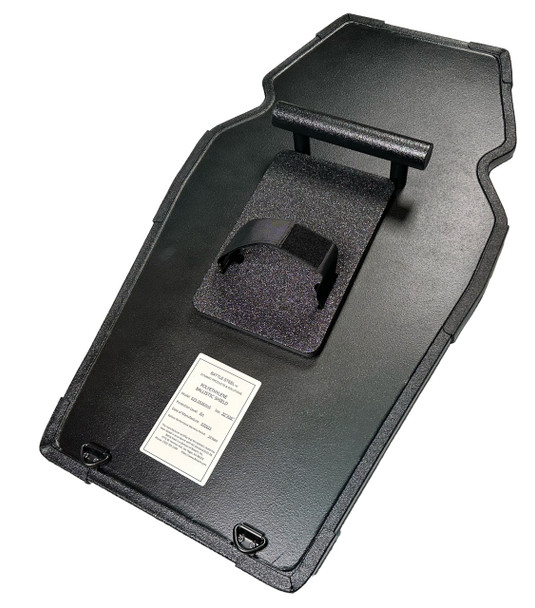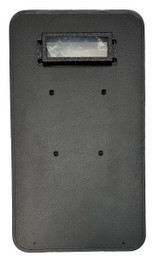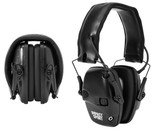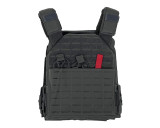Understanding Ballistic Shields: Composition, Protection Levels, and Usage
Introduction
Ballistic shields are essential tools for protection in high-risk environments, providing mobile cover against various threats. Used by law enforcement, military personnel, and security professionals, these shields are constructed from advanced materials designed to stop bullets and other projectiles. This article will explore the materials used in ballistic shields, the types and classes of protection available, and their practical applications.
Materials Used in Ballistic Shields
Ballistic shields are made from a variety of high-strength materials, each chosen for its ability to absorb and dissipate the energy of projectiles. The most common materials include:
- Kevlar: A synthetic fiber known for its high tensile strength and durability. Kevlar shields are lightweight and flexible, making them suitable for portable protection.
- Polyethylene (UHMWPE): Ultra-high-molecular-weight polyethylene is a type of plastic that is both lightweight and incredibly strong. Shields made from UHMWPE offer excellent protection while being easy to carry.
- Ceramic: Often used in conjunction with other materials, ceramic plates can shatter upon impact, absorbing and dispersing the energy of bullets. Ceramic shields are effective against high-velocity rounds but can be heavier and more fragile.
- Steel: Steel shields provide robust protection and are capable of stopping a wide range of ballistic threats. However, they are significantly heavier than other materials, making them less portable.
- Composite Materials: These shields combine multiple materials, such as ceramics and polyethylene, to provide a balance of protection, weight, and durability.
Common Materials Used in Ballistic Shields
| Material | Description | Pros | Cons |
| Kevlar | High tensile strength synthetic fiber | Lightweight, flexible | Limited protection against high-velocity rounds |
| Polyethylene (UHMWPE) | High-strength plastic | Lightweight, excellent protection | Can be bulkier |
| Ceramic | Hard, brittle material | Effective against high-velocity rounds | Heavy, fragile |
| Steel | High-strength metal | Robust protection | Very heavy |
| Composite | Combination of materials | Balanced protection, weight | Expensive |
Types and Classes of Protection
Ballistic shields are categorized by their ability to stop specific types of projectiles, with classifications set by the National Institute of Justice (NIJ) in the United States. The protection levels are:
- Level IIIA: Offers protection against handgun rounds up to .44 Magnum and .357 SIG. This is the highest level of protection for soft shields.
- Level III: Provides protection against rifle rounds up to 7.62mm FMJ (Full Metal Jacket). Suitable for shields intended to stop more powerful threats.
- Level IV: The highest level of ballistic protection, designed to stop armor-piercing rifle rounds like .30-06 M2 AP. Used in situations where the highest threat level is anticipated.
NIJ Protection Levels for Ballistic Shields
| Protection Level | Description | Common Uses |
| Level IIIA | Protects against handgun rounds up to .44 Magnum | Law enforcement, personal security |
| Level III | Protects against rifle rounds up to 7.62mm FMJ | Military, tactical operations |
| Level IV | Protects against armor-piercing rifle rounds | High-risk military and law enforcement |
Applications and Users of Ballistic Shields
- Law Enforcement: Used in SWAT operations, hostage rescues, and active shooter situations to provide officers with mobile cover.
- Military: Employed in combat zones and during urban warfare to protect soldiers from enemy fire and shrapnel.
- Security Professionals: Utilized by private security contractors and bodyguards to shield clients from potential threats.
- Civilians: Increasingly available for personal protection in high-risk environments, such as in schools or public events.
Choosing the Right Ballistic Shield
When selecting a ballistic shield, consider the following factors:
- Threat Level: Assess the potential threats in your environment to choose the appropriate protection level.
- Weight and Portability: Balance the need for protection with the ability to maneuver the shield effectively. Lighter shields are easier to handle but may offer less protection.
- Size and Coverage: Ensure the shield provides adequate coverage for the user’s body. Larger shields offer more protection but can be cumbersome.
- Ergonomics: Look for features such as handles, viewports, and lights that enhance usability and comfort.
Factors to Consider When Choosing a Ballistic Shield
| Factor | Description | Considerations |
| Threat Level | Types of projectiles the shield can stop | Match shield to expected threats |
| Weight | How heavy the shield is | Ensure it can be carried comfortably |
| Size | Dimensions of the shield | Provides sufficient body coverage |
| Ergonomics | Design features for usability | Handles, viewports, lights |
Conclusion
Ballistic shields are a critical component of personal protection for law enforcement, military personnel, and security professionals. Understanding the materials used, the levels of protection available, and the key considerations for choosing the right shield can help ensure optimal safety and performance. Whether for tactical operations or personal security, selecting the appropriate ballistic shield is essential for effective protection in high-risk situations.
Recent Posts
-
Understanding Ballistic Shield Ratings and Their Applications
The Trusted Name in Tactical Defense - BattleSteel® When it comes to protecting those who protect us …2025-04-19 -
The Importance of Hearing Protection in Tactical Environments
The Legacy of BattleSteel® BattleSteel® is a trusted name in the world of tactical defense equipment …2025-04-14 -
How to Properly Fit and Wear a Plate Carrier
About BattleSteel and Their Mission BattleSteel is a trusted name in the tactical gear industry, ren …2025-04-11



